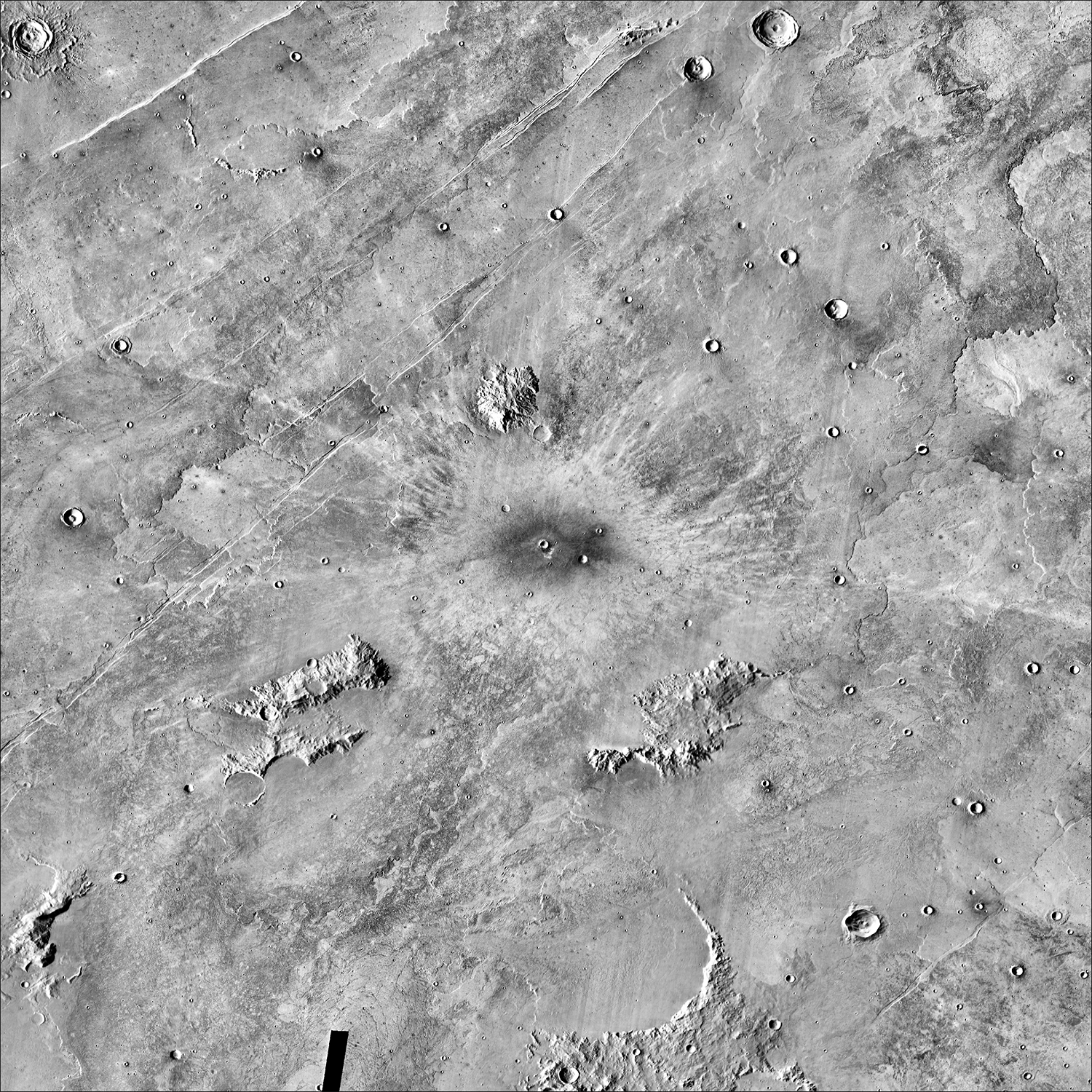Determining the Source Locations of Martian Meteorites
Exploration of Mars lies at the heart of the attempt to understand how planetary systems evolve and whether life is unique to Earth. These issues together form one of the four big Science Challenges identified in the STFC Science Roadmap. At present, martian meteorites represent the only samples of Mars available for study in terrestrial laboratories. In addition to their crystallization and surface ejection ages, these samples provide a detailed understanding of the geochemistry of the martian crust. However, these meteorites have never been geochemically tied to source locations on Mars, meaning that the fundamental geological context is missing. This lack of context means that the information gleaned from martian meteorites cannot be used with confidence in studies of the geological, and astrobiological, evolution of Mars.
The overall goal of this project is to link the detailed geochemical analyses of martian meteorites to the geological evolution of Mars by providing the sample context. We will achieve this goal by (1) deriving new methods of determining mineral abundances in visible and near-infrared (VNIR) orbital data through non-linear mixing methods and ground truth data, before (2) applying these new methods, with knowledge of the composition of martian meteorites, to hyperspectral data of the surface of Mars to determine the source locations of the meteorites.
THEMIS infrared day/night image animation of Zumba crater, Mars, a potential source carater for martian meteorites.
Credit: NASA/JPL/ASU/Peter Grindrod


